Great Lock Oudesluis
Once the Zuiderzee pounded against the lock gates during storms, but since the middle of the 19th century the former sea lock of the Zijperpolder has experienced considerably calmer times. Nowadays you drive right over it but once the "High Lock" made more of an impression.
You don't really notice it now, but in the 17th and 18th centuries Oudesluis was a busy place. Here the Zijperpolder drained into the Zuiderzee and all shipping traffic from the sea to Alkmaar had to be barred in what was then called the Large Lock of the Zijpe. The inhabitants of the village called it the "High Lock" because of its height. For the drainage of the Schermerboezem, the large North Holland water storage area, the lock was of great importance.
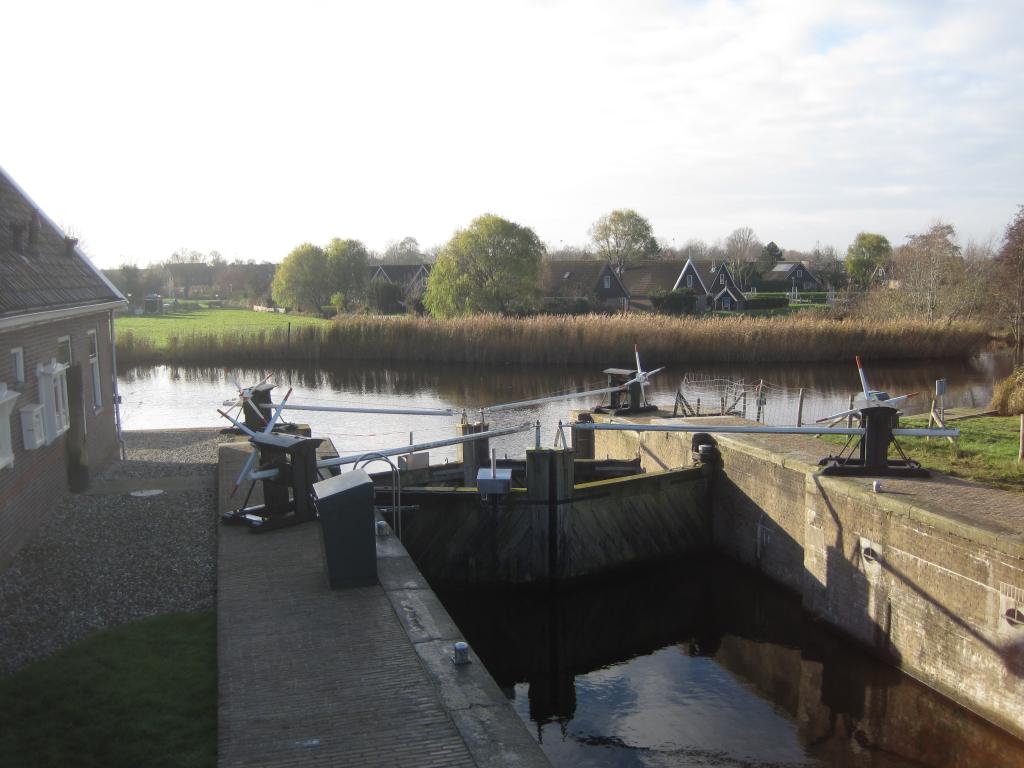
Of the major embankments in North Holland, that of the Zijpe was one of the most difficult. It proved no easy task to seal off this storm-prone sea inlet. Once it succeeded, the Eighty Years' War erupted and the polder was flooded again. This allowed the Spanish army to be kept at bay from West Friesland. It was not until 1596-1597 that the Zijpe was permanently diked in. The new sea lock was built where it had already been in 1564.
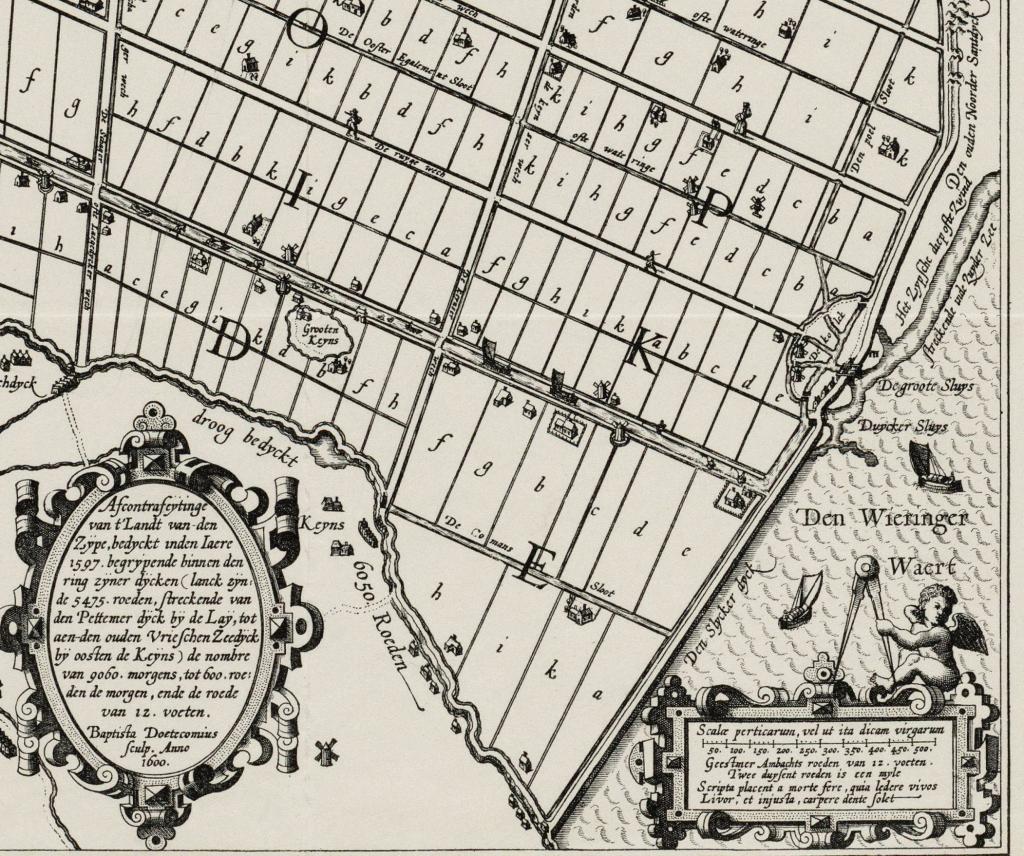

Little is known of that first wooden oldest lock. It mainly drained the polder but also served shipping traffic. By the year 1629, the lock was in need of general renewal, and in 1630 it was decided to build a larger and deeper stone sea lock, made of Bentheimer sandstone. The prominent Amsterdam mayor Jacob Dircksz de Graeff (1571-1638), lord of Zuid-Polsbroek and chief landlord of the Zijpe, played an important role in this.
The lock was built by Willem Jansz Benning (c. 1569-1636), a former lockkeeper from Edam who had started designing and building locks himself. He first built locks mostly abroad. The Grote Sluis van de Zijpe was his first major Dutch job. In 1631 Jacob de Graeff came to Oudesluis to lay the foundation stone: in January 1632 the work was completed. A beautiful memorial stone in the kolk recalls the role of mayor De Graeff and master builder Benning.
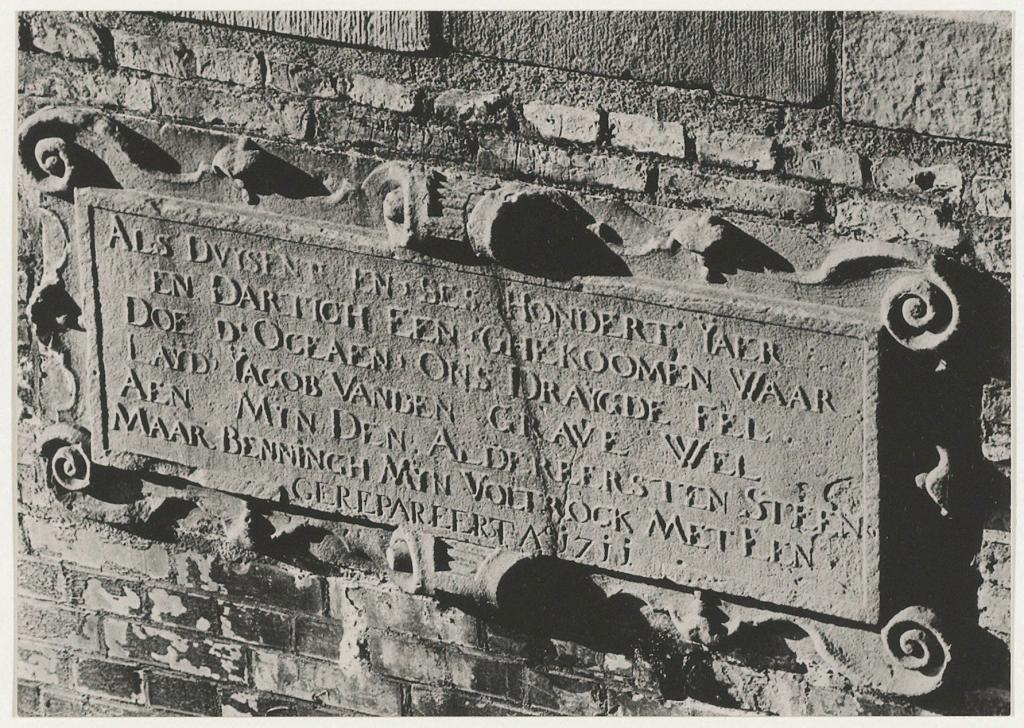
In 1711 the lock was repaired and even completely renewed in the years 1764-1765. Then the board of the Zijpe had two memorial stones placed with these dates and the swan from the coat of arms of the Zijpe. There was also a larger stone that listed the names of the builders. This time not high lords, but the three carpenters, the two masons and the stonemason.
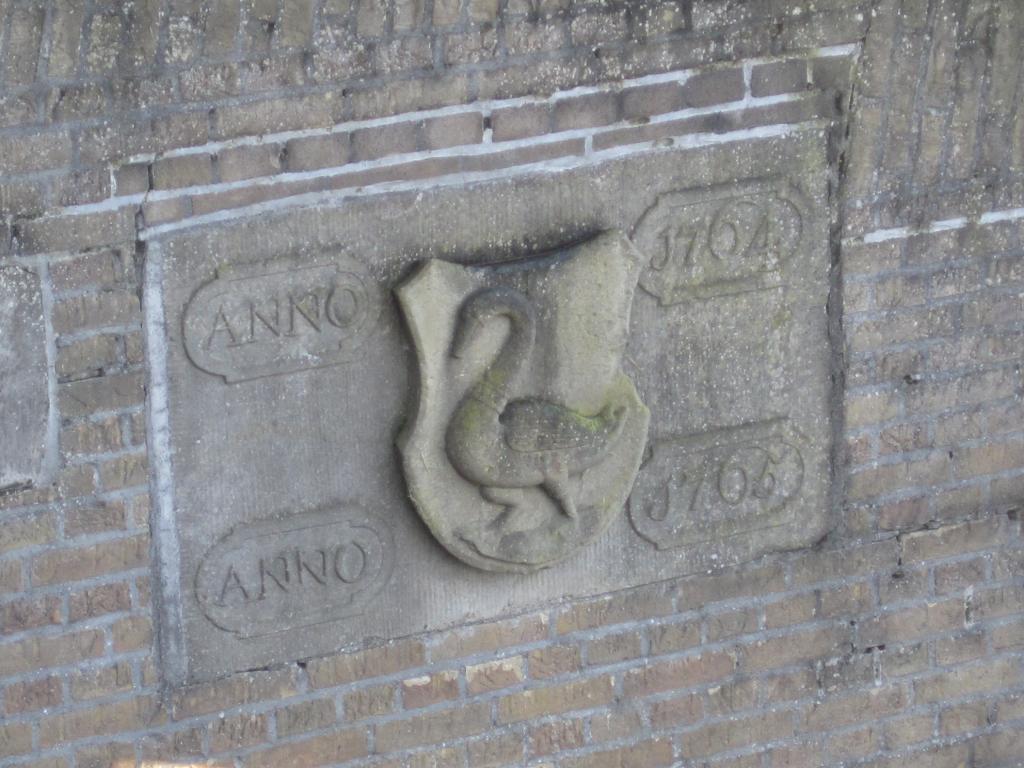
The Grote Sluis played an important role in shipping on Alkmaar. All boaters had to pay lockage fees to the lock keeper. He also had the right to fish on the inside of the lock. In 1828 the then lock keeper was deprived of this right because he had opened the lock during the eel migration and angry farmers complained to the polder board about the salt water in their ditches.
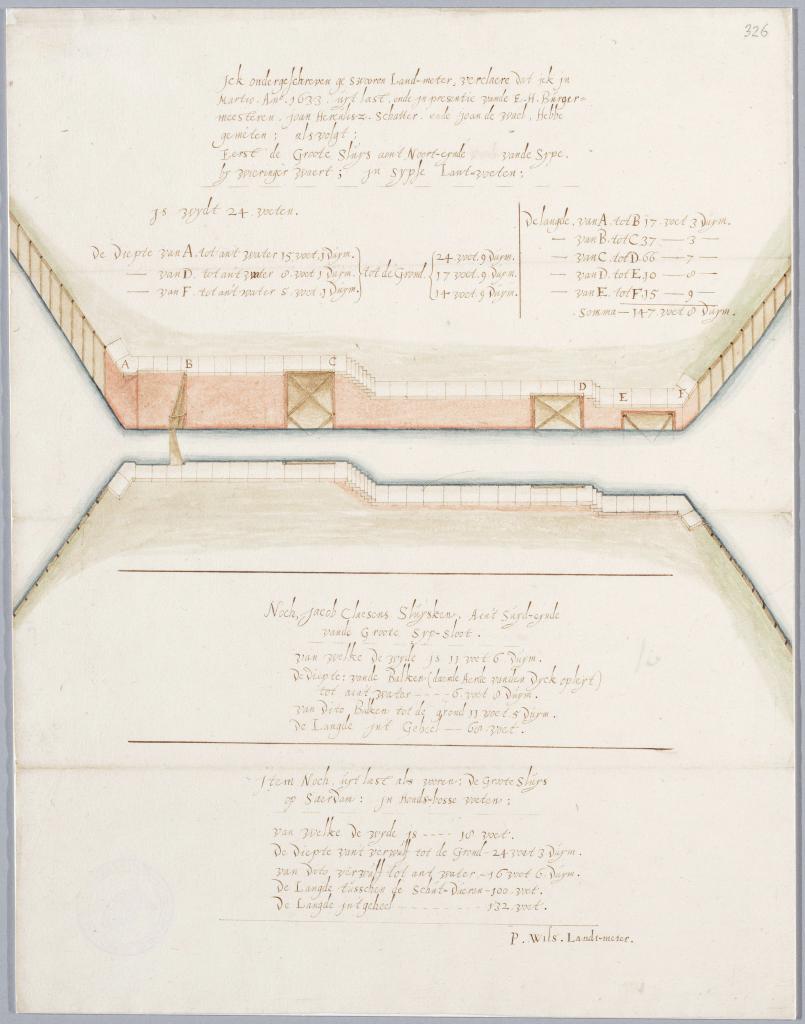
With the embankment of the Anna Paulowna polder in 1845-1847, the lock was no longer on the sea. Because both polders had the same water level, there was no longer a need to lock and the lock was only closed during unusually high water. A major change was the demolition of the old lockkeeper's house, which was also a farm and contained a meeting room for the polder administration.
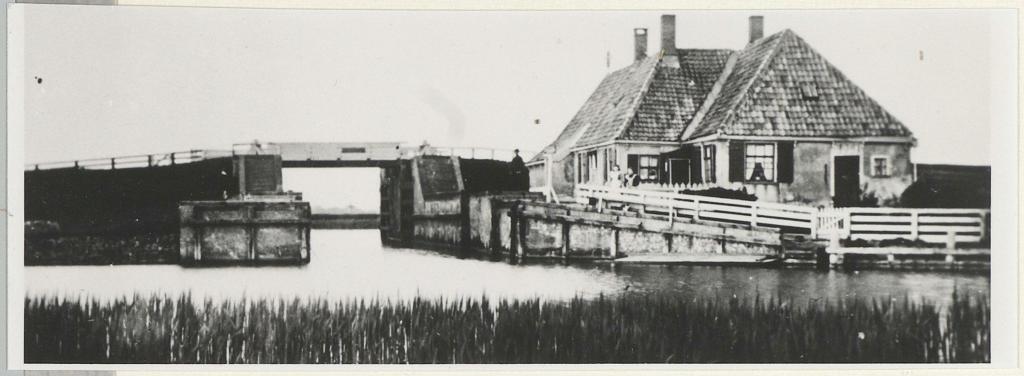
The old house was replaced by a smaller one. It still contains a cornerstone inscribed with the date June 18, 1914. Two years later, new lock gates had to be installed. In the drained lock chamber, two village boys found a gold tenner from 1824. This was a gold coin worth 10 guilders. They took it to the contractor who gave the honest finders their share and divided the rest of the amount among his workers.
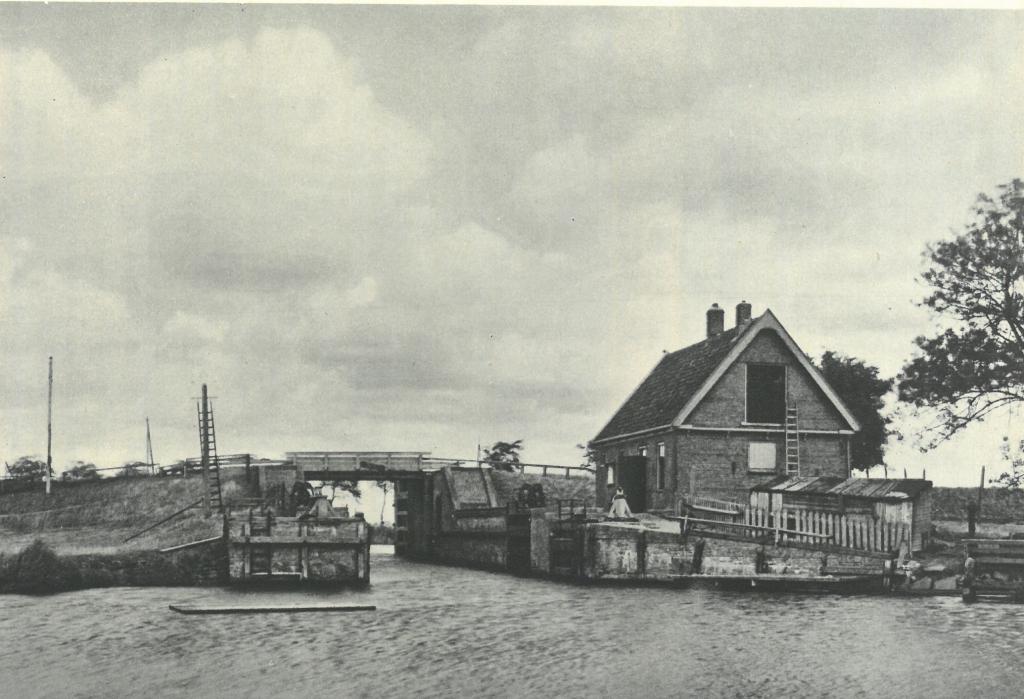
As shipping traffic decreased and automobile traffic increased, the road was widened and the lock lowered in the 1950s. The lockkeeper's house still possesses many original details, such as the 1850s tariff sign and a windbreak for the outer door that opens two ways, preventing the wind from howling in when the lockkeeper needs to go out.
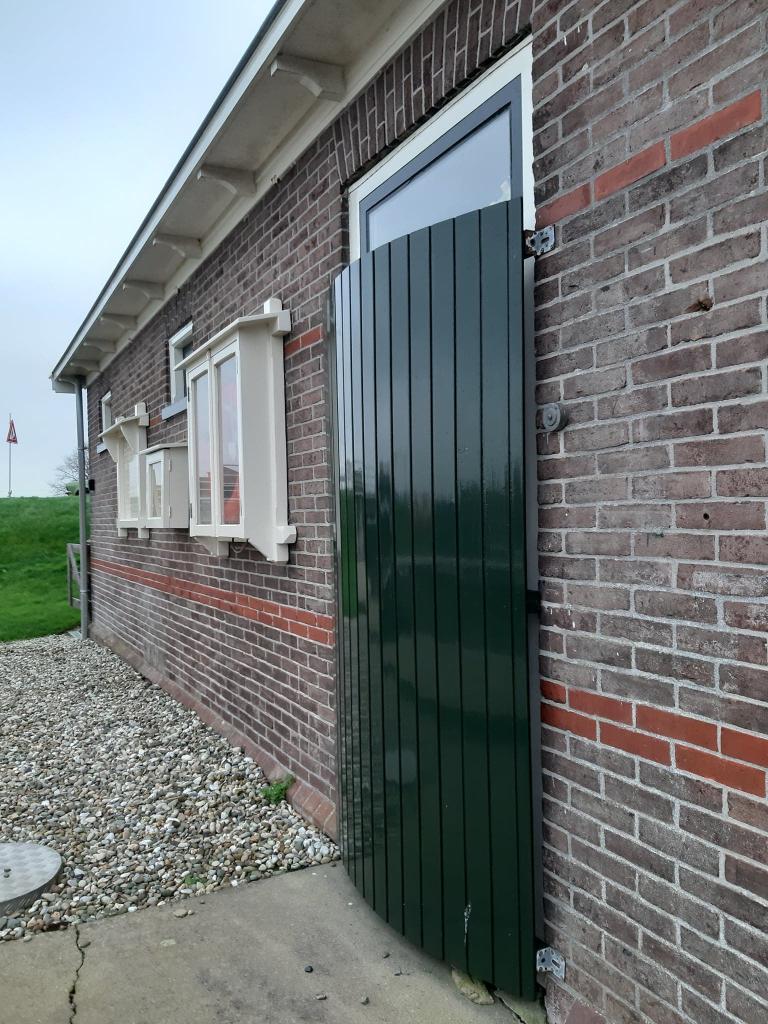

Additional
Those who hike the Julianadorp-Wieringerwaard section of the North Holland Trail will pass over the Great Lock.
The bicycle route The Beautiful North Holland North also passes over the Great Lock.